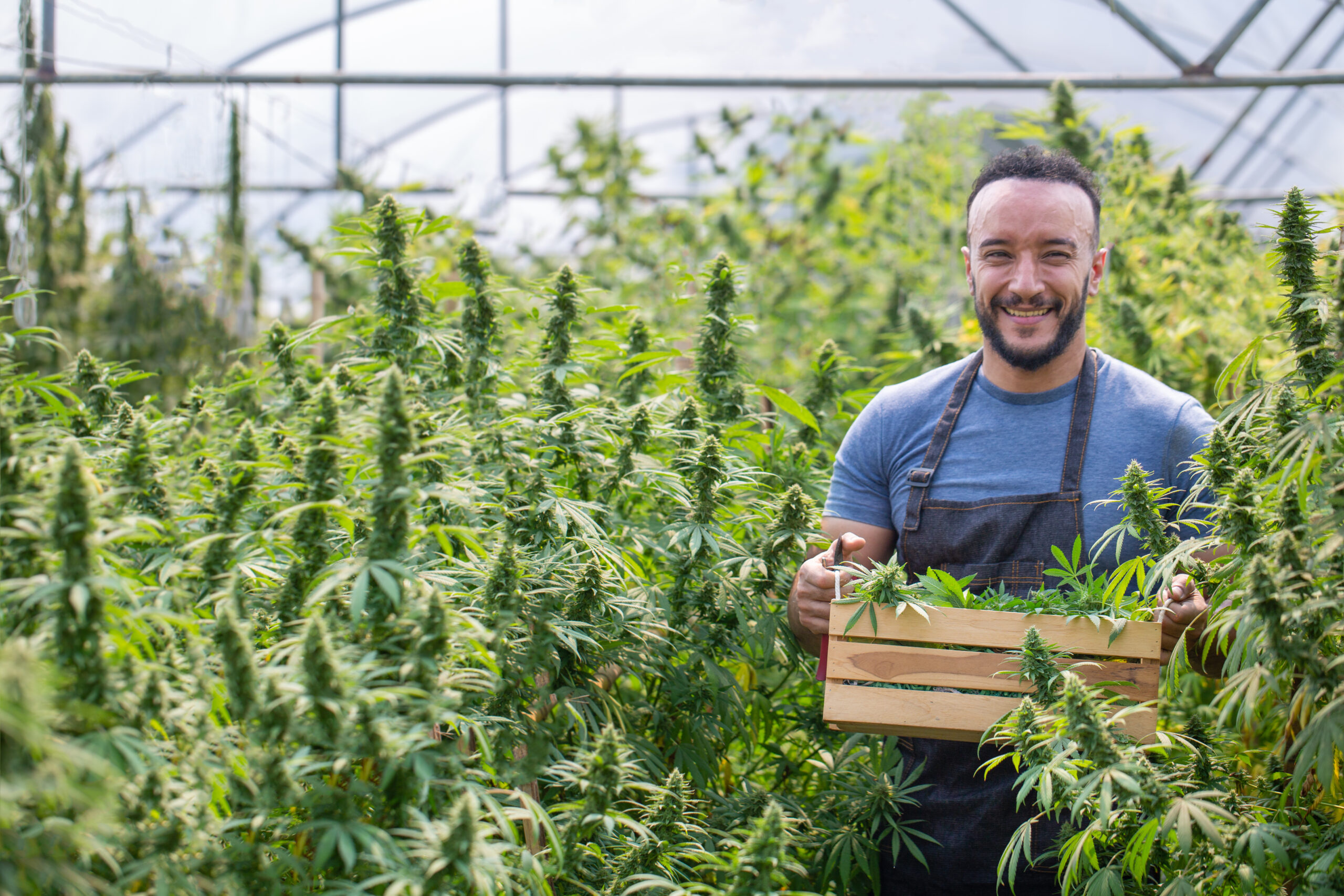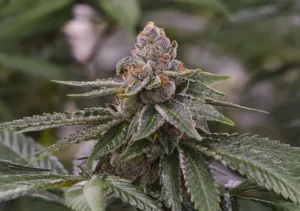Perhaps you’ve been struggling to make your cannabis business stand out. The online space is pretty crowded, and competition is stiff. Search engine optimization (SEO) is an excellent approach to staying ahead of the crowd.
Your cannabis products may be superb, but potential customers may not know what you’re offering if your site doesn’t appear among the top search results. That’s the essence of SEO. This article provides helpful tips to increase your online visibility and get more visitors to your cannabis ecommerce site.
1. Understand the basics of cannabis SEO
SEO aims at improving your website’s ranking on search engine result pages. When your site appears among the top results, the web user is likely to visit your shop and make a purchase. However, if your brand is buried deep in the search result pages, very few or no customers will get to your website. Statistics reveal that 95% of search traffic goes to the first page of search results. Thus, there’s all the reason to strive to get to that coveted spot.
Moreover, traditional advertising may pose restrictions on cannabis marketing campaigns, as it’s still a debatable industry. So, SEO emerges as a worthy alternative to paid ads. It boosts organic traffic, and you don’t have to rely on ads.
Standard SEO basics still apply in the cannabis industry, but you must go beyond the fundamental principles. Most search engines have unique guidelines for this sensitive industry. You must be particularly cautious with your site’s structure and the type of content you upload. Failure to observe the proposed guidelines may get you penalized or de-indexed, and your site won’t appear on search results.
Consider partnering with experts offering cannabis SEO solutions. You’re guaranteed to get it right and avoid penalties.
2. Keyword research
Keyword research is the backbone of an effective SEO strategy. Tools like SEMrush, Google Keyword Planner, and Ahrefs can help you come up with a list of terms web users use when searching for cannabis products or services.
Combining high-volume terms and more niche phrases is critical. Note that high-volume keywords like ‘cannabis’ or ‘dispensary’ may attract significant search traffic, but they’re quite competitive and ranking for them isn’t a walk in the park. You’d want to go for niche keywords like ‘indica strains for pain relief,’ ‘organic CBD oil,’ ‘high myrcene edibles,’ ‘cannabis delivery in Los Angeles,’ or ‘cannabis-infused topicals.’
Local SEO is also important if you run a brick-and-mortar store. Keywords like ‘dispensary near me’ or ‘Colorado Springs dispensary’ will get you ranking highly when locals search online for cannabis products.
3. On-page optimization

On-page optimization means tweaking your website for better search engine ranking. Start with adding relevant title tags and meta descriptions to your web pages and posts. These are what will appear in search engine results. So, make them precise, ensuring they accurately describe what your page is all about. This encourages web users to click the link.
Next, make your content readable. Use different levels of headers appropriately. Break text into shorter sections by paragraphing and adding images or other visual elements like buttons, infographics, or videos. Leave sufficient white space around text to lessen visual clutter. The more user-friendly your website is, the easier it is for search engines to understand your content.
When adding images, use descriptive file names and alt text to explain what’s in the picture. It’s also advisable to compress them to boost page load speeds. Fast loading pages often get a higher rank on search engines. The average website load time as of 2023 was 2.5 seconds on PC and 8.6 seconds on mobile devices. If yours takes significantly longer than these averages, it may suffer with lower rankings.
4. Off-page optimization
Off-page optimization, as the name suggests, refers to elements outside your website that influence your search rankings. Backlinks come to mind first. These are links from other sites pointing back to your cannabis website. When high-authority sites link to yours, search engines view this as a signal of trust and authority, earning you more points in the ranking algorithm. About 51% of marketers claim they notice positive effects of general link building strategies.
To be honest, earning high-quality backlinks might be tasking, but it’s worth the effort. Write guest posts for established cannabis websites, making sure to include a backlink to your site. Build positive relationships with these cannabis businesses and your backlink building will be more consistent.
Besides guest posting, consider listing your brand on reputable cannabis directories with high domain authority. A link from such sites carries significant weight in the eyes of search engines. Some directories you may want to consider include Weedmaps, Leafly, and the CBD Directory.
Conclusion
Cannabis SEO requires dedicated effort to realize positive results. The strategies described above aren’t one-off undertakings. You need to do them over and over again for several months and years for sustained organic traffic to your site.
To note, search engine algorithms evolve dynamically. So, update yourself with the latest in the industry by reading leading SEO blogs. Tweak your SEO strategies accordingly.
And if all this seems too uphill a task for you, don’t hesitate to consult professionals. They’ll take the burden off your shoulders in exchange for a small monthly fee. Moreover, their expertise gained over several years may have you getting positive results sooner.




